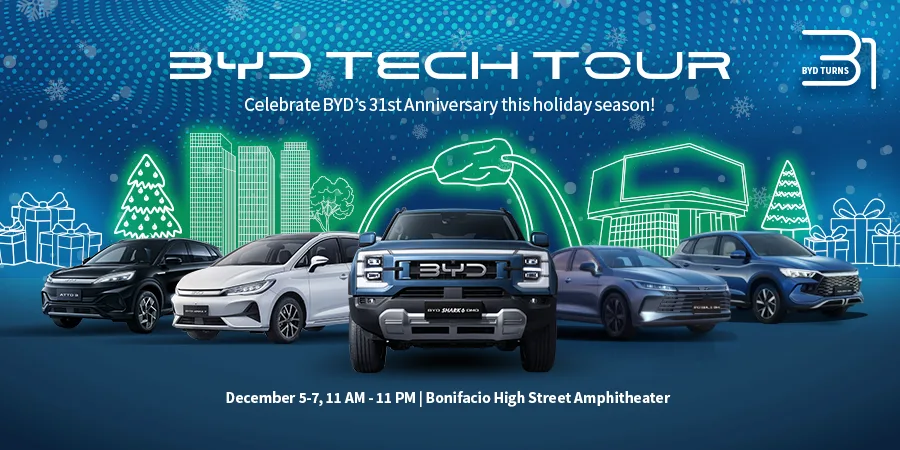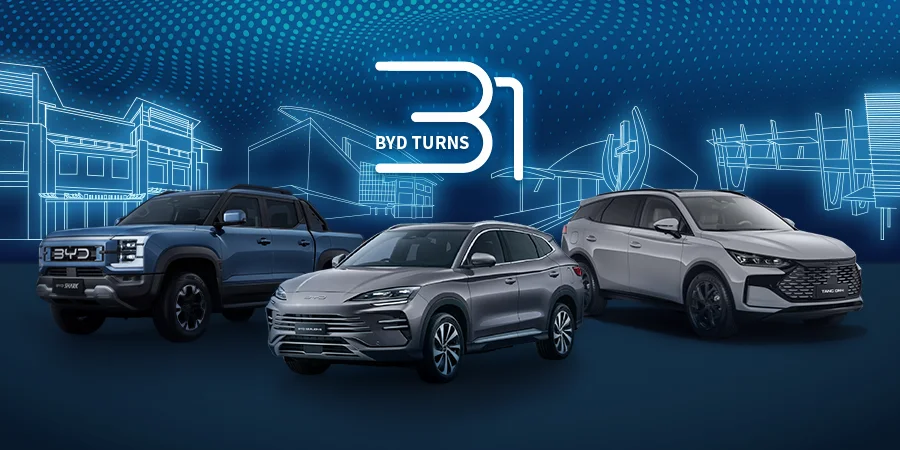Electric vehicles (EVs) represent a significant shift in automotive technology, offering sustainable and efficient transportation. Understanding the core components of an EV can enhance appreciation and inform maintenance practices.

1. Battery Pack
The heart of an EV, the battery pack stores electrical energy to power the motor. Typically composed of lithium-ion cells, it determines the vehicle’s range and performance. BYD’s Blade Battery technology offers enhanced safety and efficiency.
2. Inverter
Converts direct current (DC) from the battery into alternating current (AC) to drive the electric motor. It also plays a role in regenerative braking by converting kinetic energy back into electrical energy.
3. Converter
EVs utilize DC-DC converters to step down high-voltage DC from the battery to lower voltages for auxiliary systems. AC-DC converters, or onboard chargers, convert AC from charging stations into DC to recharge the battery.
4. Controller
Acts as the brain of the EV, managing power delivery from the battery to the motor based on driver inputs. It ensures optimal performance and efficiency.
5. Electric Traction Motor
Converts electrical energy into mechanical energy to propel the vehicle. Electric motors provide instant torque, resulting in smooth and rapid acceleration.
6. Charger
Facilitates the recharging of the EV’s battery. BYD offers various charging solutions, including home chargers and access to public charging networks.
7. Transmission
Transfers mechanical power from the motor to the wheels. EVs often use single-speed transmissions due to the electric motor’s broad torque range.
8. Auxiliary Battery
A 12-volt battery that powers accessories like lights, infotainment systems, and climate control. It is recharged by the main battery pack through the converter.
9. Thermal Management System
Regulates the temperature of the battery, motor, and other components to maintain optimal performance and longevity.
10. Charging Port
The interface through which the EV connects to external power sources for recharging. Compatibility with various charging standards ensures flexibility.
Explore BYD’s Electric Vehicle Lineup
Discover the range of BYD electric vehicles available in the Philippines:
Visit BYD Cars Philippines or contact your nearest BYD dealership to schedule a test drive and experience the future of mobility today.





